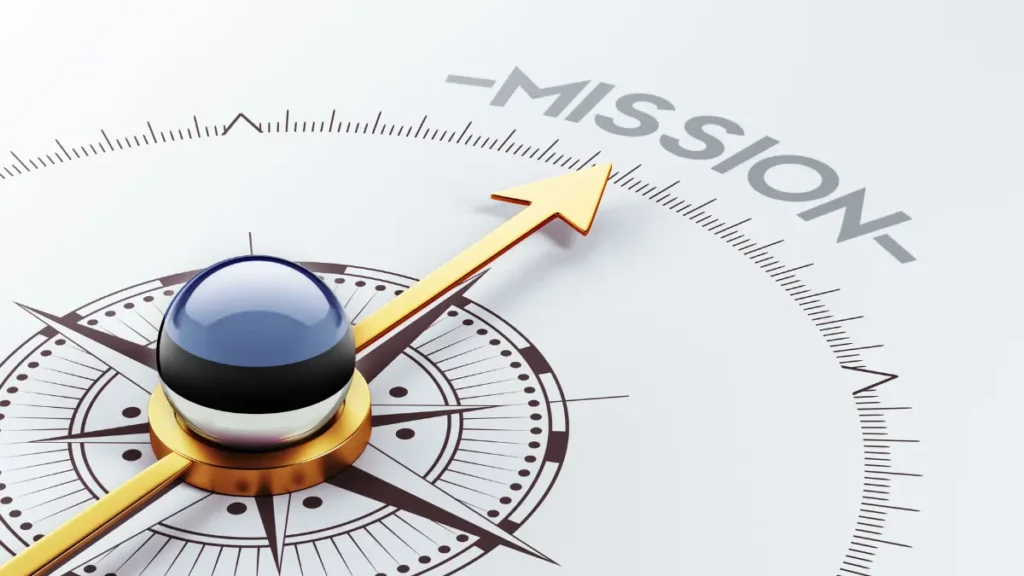For startups, nonprofits, and social enterprises, the journey toward growth begins long before your first grant proposal is written. One of the most crucial early steps, often overlooked, is developing a clear, actionable mission statement. Before you apply for funding, recruit your team, or build your brand, your mission must be defined and embedded into everything you do.
In this post, we explain why your new company needs a mission statement before its first grant application, how to write one effectively, and what role it plays in attracting donors, aligning teams, and maintaining strategic focus.
What Is a Mission Statement?
A mission statement is a concise summary of your organization’s core purpose, target audience, and intended impact. It should answer:
- Why do you exist?
- Who do you serve?
- What value do you provide?
Unlike a vision statement (which outlines where you want to be), the mission is about what you are doing now and how.
Why You Need One Before Any Funding Application
1. It Clarifies Purpose and Direction
A strong mission keeps your organization grounded. It guides everything from program design to partner outreach, ensuring all decisions align with your purpose.
Before applying for a grant, you must know:
- What problem are you solving?
- How are you solving it?
- Why is your solution different or impactful?
A mission statement articulates these answers clearly and confidently.
2. It Aligns Your Team and Strategy
Without a central purpose, internal confusion grows—especially as your team expands. A mission gives everyone a shared “north star.” It helps staff, volunteers, and board members understand their roles and contributions.
For startups in particular, this alignment increases speed, clarity, and cohesion.
3. It Enhances Proposal Quality
Funders need clarity, not complexity. A well-crafted mission statement ensures your grant proposals are coherent, compelling, and consistent with your long-term goals.
It also makes your theory of change, project activities, and impact indicators easier to align and justify.
4. It Boosts Credibility and Accountability
Mission-driven organizations are more likely to inspire confidence among donors and partners. It signals intentionality, discipline, and seriousness.
By adding specific goals or timelines to your mission (e.g. “empowering 1,000 rural youth by 2026”), you also create an internal metric for evaluating progress.
Common Mistakes to Avoid
- ❌ Writing vague or lofty statements with no measurable direction
- ❌ Copying buzzwords from other organizations without real alignment
- ❌ Treating your mission as a branding slogan instead of an operational guide
- ❌ Never reviewing or updating it as your work evolves
A mission statement should live and grow with your organization, not collect dust on a forgotten webpage.
How to Write a Powerful Mission Statement
Here’s a simple framework to guide you:
- WHO do you serve?
Example: “Women entrepreneurs in West Africa” - WHAT do you do for them?
Example: “Provide funding, mentorship, and policy advocacy” - HOW is your solution unique or effective?
Example: “Through community-led initiatives and evidence-based approaches” - WHERE and WHEN do you hope to see results?
Example: “We aim to impact 500 small businesses by 2026”
When combined, this gives you a mission like:
“To support 500 women entrepreneurs in West Africa by 2026 through funding, mentorship, and policy advocacy driven by community-led initiatives.”
Make it short, precise, and adaptable for every part of your work—from grant applications to stakeholder meetings.
Grant Database Expert Tip
According to the editorial team at Grants Database, one of the most common reasons early-stage applicants fail to secure funding is the absence of a mission that connects the dots. “Your mission is not just a line in your pitch deck—it’s the lens through which funders evaluate your work. If it’s unclear, everything else will be too.”
Before you even start a grant proposal, ask yourself: Does my mission clearly communicate what we do, who we help, and why it matters?
Final Thoughts
Why your new company needs a mission statement before its first grant application comes down to three key reasons: clarity, alignment, and impact. It helps you write stronger grant proposals, build a cohesive team, and stay focused as your organization evolves.
If you haven’t yet defined yours, now is the time. And if you need help…
Need Help Drafting Your Mission Statement?
Contact grantsdatabase.org for expert support with:
- Mission statement development
- Proposal drafting and review
- Funding strategy and alignment
Remember: your mission is not just a sentence—it’s your foundation.
